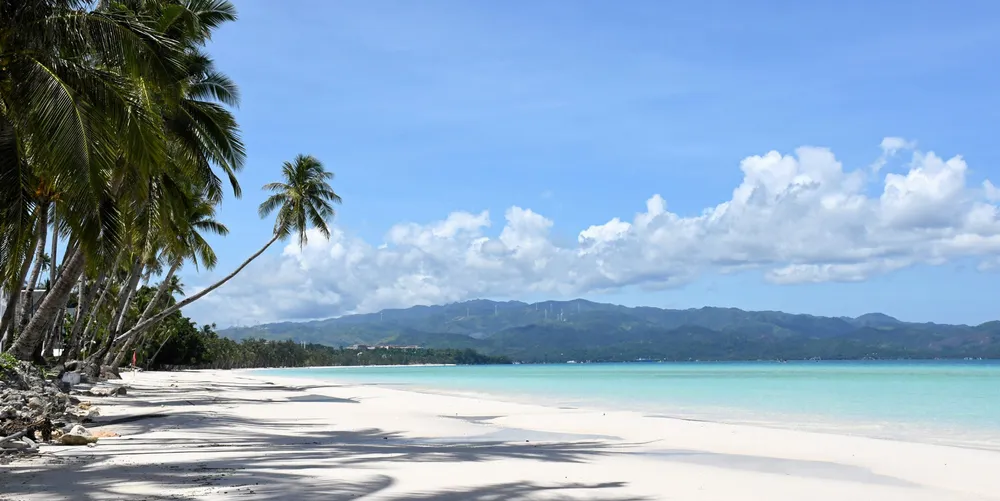'Chasing pack' of next-wave floating wind nations has almost four terawatts technical potential: GWEC
Report by Aegir Insights sees Ireland, Italy, Morocco, Philippines, and US Pacific Coast as markets with floating potential many times their power demand if policies are right

A ‘chasing pack’ of five second generation floating wind markets has a combined technical potential of 3,861GW in floating capacity, a new report by Aegir Insights commissioned by the Global Wind Energy Council (GWEC) found.
“Our work with GWEC shows what conditions need to be in place for floating offshore wind to flourish and which countries could create a chasing pack of second generation floating offshore wind markets, if the right political leadership is in place,” he added.
The five markets could spearhead the next wave of floating wind, following on the heels of more mature floating markets such as the UK, South Korea, France and Japan.
“Floating offshore wind can bring low carbon electricity and economic opportunities,” industry pioneer Henrik Stiesdal, chair of GWEC’s floating offshore wind task force, said.
“This report identifies five countries around the globe that could move rapidly to become floating offshore wind leaders. But it also shows that with the right policies floating offshore wind can have lift-off in many countries across the globe.”
The floating wind market according to GWEC could be huge as 80% of the world’s offshore wind resource potential lies in waters deeper than 60 metres.
To get to the five countries selected, Aegir had assessed the market potential and readiness of over 100 countries, narrowing those down to a shortlist of 30 which all had strong potential, and eventually producing market snapshots of five that provide information on market conditions.
(Copyright)<b>‘Chasing pack’ of next generation floating wind markets</b><br>
Ireland's highly ambitious government plans, coupled with favourable site conditions make for an attractive floating offshore wind market, provided that the transmission grid and port infrastructure is upgraded.
Italy, where a commitment to net zero is driving the growth of wind power. A lack of space on land and the absence of sites suitable for fixed-bottom wind will drive a focus onto floating offshore wind.
Morocco, where a great wind resource, a lack of access to fixed offshore wind, coupled with government desire to meet green goals and increase energy security, mean high interest in floating offshore wind.
The Philippines, where high economic growth is driving increased electricity demand. Floating offshore wind sites with good resources are located close to load centres and the Government has an ambitious agenda. However, tariffs and infrastructure could pose challenges.
US Pacific A lack of access to fixed offshore wind sites, coupled with high ambition from the state and federal governments all point to rapid growth of floating offshore wind. However, major grid investment will be required to support connection.